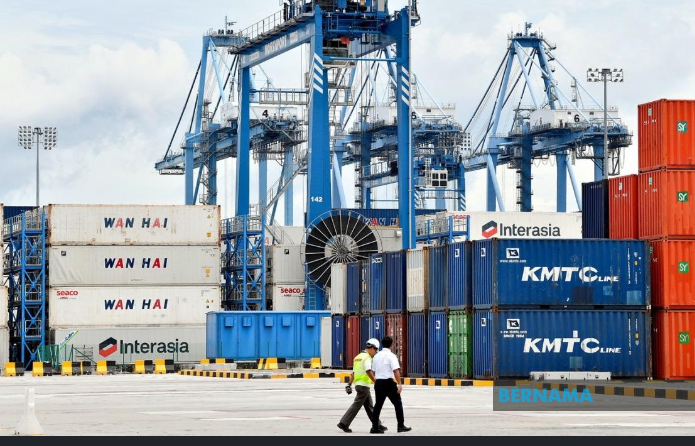
KUALA LUMPUR, Oct 21 (Bernama) — The government’s multi-pronged strategy demonstrates a focus on fiscal consolidation while supporting economic growth and maintaining social safety nets, said the Malaysian Institute of Economic Research (MIER).
MIER executive director Dr Anthony Dass praised the government’s commendable commitment to balancing economic development with fiscal sustainability.
“Committed to fiscal prudence, sustained economic growth, and effective implementation of the MADANI framework, the target of a 3.8 per cent fiscal deficit in 2025, down from 4.3 per cent in 2024, is realistic,” he said in a statement.
Budget 2025, tabled by Prime Minister Datuk Seri Anwar Ibrahim, is formulated based on the MADANI economic framework.
Dass said the RM421 billion budget focuses on revitalising the economy, catalysing transformative change, and improving the overall well-being of the people.
“This is the largest budget yet, with RM335 billion allocated for operating expenses and RM86 billion for development expenditure,” he said.
Dass said the revenue generation strategy for 2025 aims to raise RM322 billion and is comprehensive, intended to balance fiscal sustainability with economic growth, while the projected sales and service tax (SST) contribution of RM35.4 billion in 2024 is expected to increase in 2025.
“Key components include a new progressive luxury tax of five per cent to 10 per cent on high-value goods targeted at high-income consumers; a global minimum tax on large multinational corporations operating in Malaysia; a broader tax base that includes a carbon tax and a tax on unhealthy foods; savings from subsidy rationalisation; and improved tax compliance, digitalisation of the tax system, and reductions in waste,” he said.
However, the rationalisation of subsidies, such as potential reductions in fuel subsidies, could raise concerns for the rakyat, especially lower-income groups, as it may lead to increased living costs.
He said the government is expected to proceed cautiously with any changes, balancing subsidy cuts with targeted assistance programmes.
“Concerns remain about potential cost-of-living increases due to subsidy rationalisation, necessitating thorough assessments and direct measures to address inflation and rising everyday expenses,” he said. Meanwhile, he said the automotive industry will be closely monitored as incentives are rolled out for electric vehicle (EV) adoption, with a focus on improving charging infrastructure.
He said concerns exist regarding potential challenges in extending tax exemptions for EVs, as well as how a possible luxury goods tax could affect consumer spending and business activities.
Dass noted optimism for both foreign direct investment (FDI) and portfolio investors, highlighting that the budget provides a favourable framework for growth, especially in the high-tech, green, and infrastructure sectors.
However, he cautioned that global uncertainties and regional competition are factors to watch closely.
Dass highlighted that Budget 2025 emphasises attracting FDI in high-growth sectors such as technology, renewable energy, and semiconductors, aligning with Malaysia’s National Energy Transition Roadmap (NETR) and focusing on digital transformation.
“MIER views tax incentives and grants for green investments, such as renewable energy projects, as a positive step for global investors seeking to align with environmental, social, and governance (ESG) goals.
“The government’s efforts to maintain fiscal discipline by reducing the fiscal deficit and supporting high- quality investments signal political and economic stability, which is crucial for attracting long-term FDI. Foreign investment stability is important to increase competition from regional players like Vietnam and Indonesia,” he said.
Budget 2025 reassures macroeconomic stability and a commitment to fiscal prudence for portfolio investors, with a gradual reduction of the fiscal deficit to an achievable target of 3.8 per cent of gross domestic product (GDP) in 2025 and long-term to 3.5 per cent of GDP.
“This is a positive sign, providing a stable macroeconomic environment. However, the government needs to be mindful of potential risks, such as inflation and global economic headwinds, which could affect growth projections,” he added.
— BERNAMA
